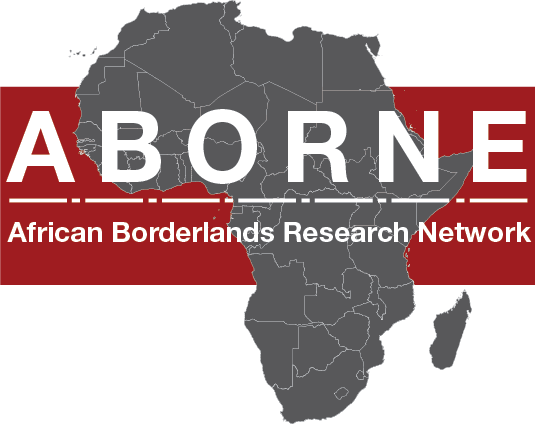It is one thing for African states to test extensively for COVID-19, lock down populations, and flatten the curve in capital cities. It won’t be easy. But it is another thing entirely to combat the disease in the margins of the state, where governance, commerce, and violence are intimately woven into cross-border dynamics of trade and mobility.
If COVID-19 is endemic in the periphery, the centre cannot safely be reopened.
Borderlands in Africa play host to an estimated 270 million inhabitants, a combined population significantly larger than any single state on the continent. These regions are inadequately served by governments, by national development agendas generally, and by UNDP more specifically. The problem stems from an apparent paradox: borderlands are both sub-national and inter-national at the same time. This poses an enormous challenge for development initiatives that are funded and implemented at the national level, with data collection, analysis, and project work extending just as far as the border, but no further.
COVID-19 doesn’t care about borders, and it thrives in the territories surrounding them -- in communities for whom the state and its promises of healthcare and security are not much more than a distant glow; where governance falls to a mismatched cohort of municipal, traditional, religious, and violent authorities; where rumours and misinformation spread as quickly as medical advice and government edicts; and where limited testing means that the disease is still an invisible enemy. Supply chains to border regions were unreliable even before border closures paralysed the continent and severed access to critical supplies, water, and essential medicines.
Public health emergencies in borderland regions also create opportunities to bring about lasting change.
Public health emergencies in borderland regions also create opportunities to bring about lasting change. If action is taken fast, the worst effects of the crisis can still be mitigated. Public health facilities and health communications systems can be put in place that endure beyond the lifespan of the current crisis. Marginalized communities can be engaged in a manner that builds trust, and that better integrates them into processes of national development. Temporary ceasefires between armed groups can be a steppingstone towards lasting peace. New digital technologies can be trialled and implemented in a way that may revolutionize the fight against zoonotic diseases in the future. Reopening borders can be done in a way that advances the AfCTFA and free trade, and that turns our attention to the livelihoods of the most vulnerable: women cross-border traders in the Great Lakes, for example, and unemployed youth in the Sahel.
Not to act would violate the core principle of the Sustainable Development Goals, that no one is left behind.
Not to act would violate the core principle of the Sustainable Development Goals, that no one is left behind. It would also be a catastrophe for the global disease response effort. If COVID-19 is endemic in the periphery, the centre cannot safely be reopened. What is needed is a coordinated response, one that treats regions such as Liptako-Gourma, the Mandera Triangle, the Karamoja Cluster, the Chad Basin, eastern DRC, and northern Mozambique, as distinct political and economic entities in their own right, not merely as the power vacuums between nations. The work has already started, with UNDP conducting integrated cross-border programming in places such as Mali, Burkina Faso, and Niger, adopting innovative approaches that may be replicated in other contexts. But much more remains to be done.
Dr. Hugh Lamarque is a Leverhulme Early Career Research Fellow at the University of Edinburgh, Centre of African Studies.
8 June 2020.

